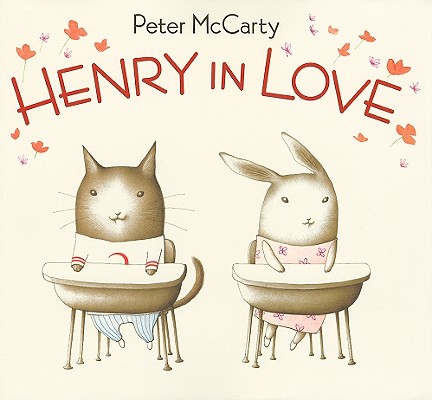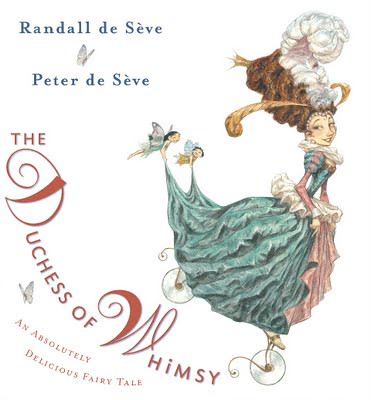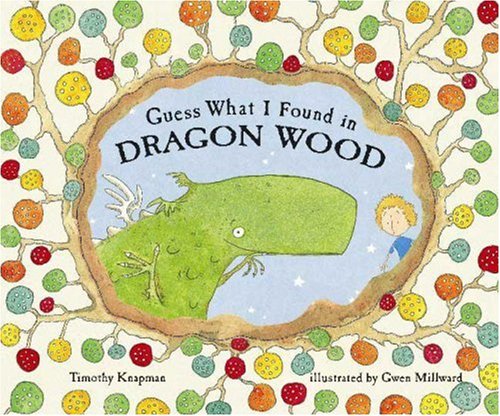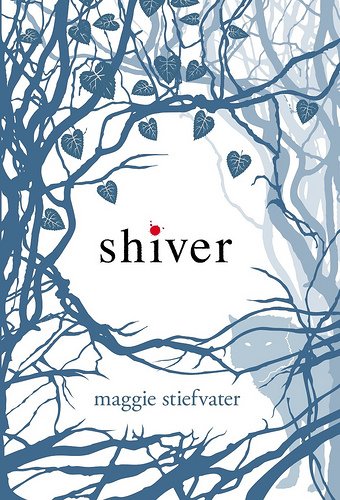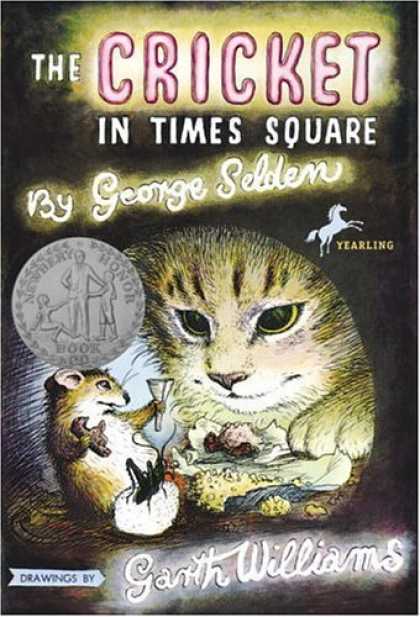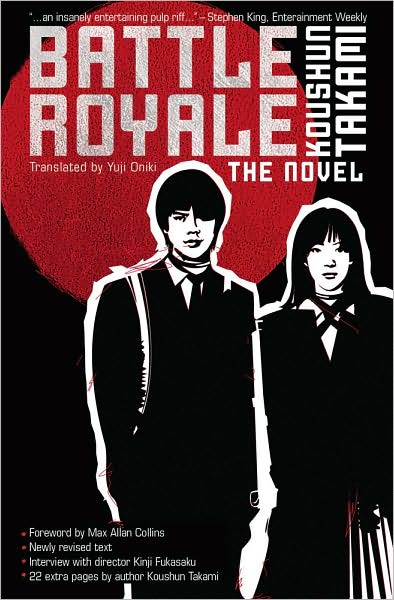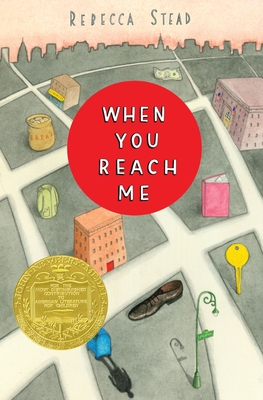I loved the first two Hunger Games books-- they were fun, smart and undeniably propulsive. Katniss provided a fabulous heroine that served as a pleasantly proactive alternative to many of the more passive female leads in YA lit. The world was fascinating. The action was crisp, and kept coming fast enough to keep even the most reluctant readers tuned in. The series has been a fabulous tool as a bookseller, as I have yet to find a kid who hasn't liked it-- from precocious 9 year olds who read like it's their job to tear through series, to the 15 year olds who treat English class like death camp. And since I'd read both of the previous installments as ARCs, I awaited the conclusion just as breathlessly as everyone else. So my response to this final installment probably isn't fair, due to my overwhelming anticipation.
Before I launch into the many things that gave me pause, I should clarify that I still read Mockingjay in about 4 hours. Collins' style and clear prose remain, and her sensibility as a landscape builder is as strong as ever. When the novel opens, Katniss is meandering around the smoldering remains of her decimated home in District 12. Peeta has been captured by the capitol, and Gale, Katniss's mother and sister and the remaining survivors of District 12 have taken refuge in the underground prison camp that is District 13. As the story progresses, Katniss steps into the role of revolutionary symbol (not leader, a distinction that troubles her), called the Mockingjay. As she struggles with her restrictive new role, she also wavers between Peeta (who has been brainwashed by the capitol) and Gale (whose new outlook on war is disturbingly bloodthirsty). The scenes in which Katniss visits District 8 are emotionally explosive (and literally explosive, those poor people) and the character work around Finnick was sound. In fact, he ended up being my favorite character in the book. Which leads me neatly into the things I liked less.
One of the things I loved about Katniss in the previous books was that, despite her strange and horrible circumstance, she was incredibly relatable. She struggled to understand her own motives in a way that felt truly teenaged; she loved her family fiercely and she yearned, very realistically, for a different life. But the Katniss in this book was so emotionally shut down it was nearly impossible to empathize with her. This was particularly troublesome in the scenes that follow Prim's death. The whole reason Katniss became involved in the Hunger Games in the first place was to protect Prim. When she is ultimately killed, rendering Katniss's efforts in vain, I expected a much bigger emotional hit than there was. Similarly, given the amount of time she spends going back and forth between the two, when Katniss ultimately decides upon Peeta (which seemed as much out of convenience as anything else) we get a rather truncated epilogue with little passion left in it. And of course, they have babies. Why do they always have to have babies?
In both the previous installments, I ignored the fact the structure was incredibly back-loaded, assuming that was done on purpose in order to set up the next book. Huge, climactic scenes that opened up lots of loose ends tended to pop in the last 50 pages or so-- and I didn't read this as a flaw. But in the final installment, the same structure holds, to a much less satisfying effect. There was also the issue of Katniss frequently being knocked unconscious during the climax of scenes, which is really irksome given the first person constraint of the novel. It's a ploy that I've also been noticing as I read JRR Tolkein's trilogy (for the first time... I know, worst nerd ever) so maybe it's something that really only irritates me.
So maybe this was my least favorite of the series. It's still a great series, and I still love recommending it almost ubiquitously to kids and adults alike. I also had the pleasure of meeting Suzanne at a lunch for booksellers, and listening to her talk about her intentions with the novel only solidified my confidence in handing it to new readers. Did you know, for instance, that Katniss is meant to be an allegory to Spartacus? Once she pointed it out, it seemed obvious, but I certainly didn't catch it.
Before I launch into the many things that gave me pause, I should clarify that I still read Mockingjay in about 4 hours. Collins' style and clear prose remain, and her sensibility as a landscape builder is as strong as ever. When the novel opens, Katniss is meandering around the smoldering remains of her decimated home in District 12. Peeta has been captured by the capitol, and Gale, Katniss's mother and sister and the remaining survivors of District 12 have taken refuge in the underground prison camp that is District 13. As the story progresses, Katniss steps into the role of revolutionary symbol (not leader, a distinction that troubles her), called the Mockingjay. As she struggles with her restrictive new role, she also wavers between Peeta (who has been brainwashed by the capitol) and Gale (whose new outlook on war is disturbingly bloodthirsty). The scenes in which Katniss visits District 8 are emotionally explosive (and literally explosive, those poor people) and the character work around Finnick was sound. In fact, he ended up being my favorite character in the book. Which leads me neatly into the things I liked less.
One of the things I loved about Katniss in the previous books was that, despite her strange and horrible circumstance, she was incredibly relatable. She struggled to understand her own motives in a way that felt truly teenaged; she loved her family fiercely and she yearned, very realistically, for a different life. But the Katniss in this book was so emotionally shut down it was nearly impossible to empathize with her. This was particularly troublesome in the scenes that follow Prim's death. The whole reason Katniss became involved in the Hunger Games in the first place was to protect Prim. When she is ultimately killed, rendering Katniss's efforts in vain, I expected a much bigger emotional hit than there was. Similarly, given the amount of time she spends going back and forth between the two, when Katniss ultimately decides upon Peeta (which seemed as much out of convenience as anything else) we get a rather truncated epilogue with little passion left in it. And of course, they have babies. Why do they always have to have babies?
In both the previous installments, I ignored the fact the structure was incredibly back-loaded, assuming that was done on purpose in order to set up the next book. Huge, climactic scenes that opened up lots of loose ends tended to pop in the last 50 pages or so-- and I didn't read this as a flaw. But in the final installment, the same structure holds, to a much less satisfying effect. There was also the issue of Katniss frequently being knocked unconscious during the climax of scenes, which is really irksome given the first person constraint of the novel. It's a ploy that I've also been noticing as I read JRR Tolkein's trilogy (for the first time... I know, worst nerd ever) so maybe it's something that really only irritates me.
So maybe this was my least favorite of the series. It's still a great series, and I still love recommending it almost ubiquitously to kids and adults alike. I also had the pleasure of meeting Suzanne at a lunch for booksellers, and listening to her talk about her intentions with the novel only solidified my confidence in handing it to new readers. Did you know, for instance, that Katniss is meant to be an allegory to Spartacus? Once she pointed it out, it seemed obvious, but I certainly didn't catch it.























